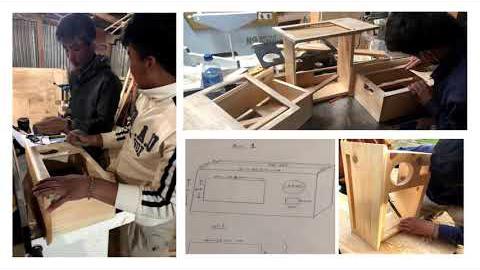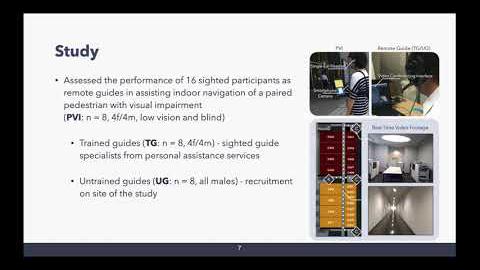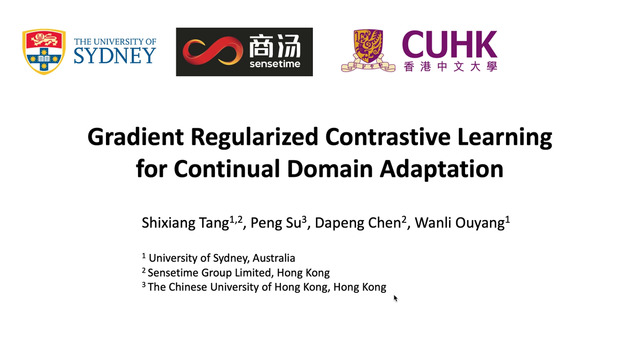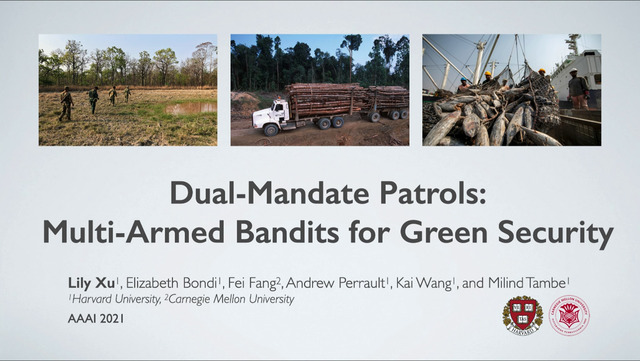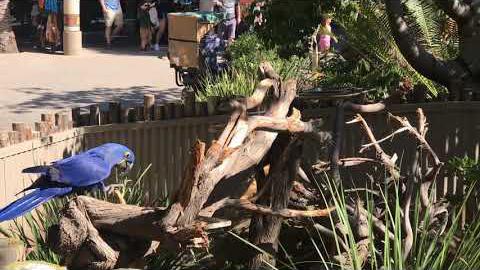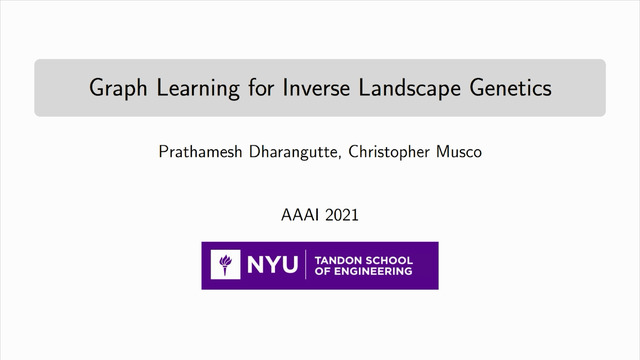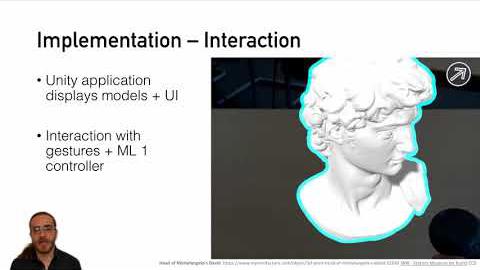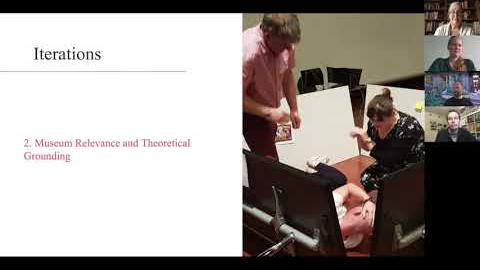Abstract:
This paper investigates connecting people in remote communities through nature in order to foster stewardship and conservation of endangered species. Global citizen science technologies have found success in urban, developed countries, but they typically rely on large distributed populations to gather or analyze data and do not suit sparsely populated and remote contexts. We undertook a long-term field study to iteratively co-design a tangible and playful nature engagement prototype in a remote World Heritage Area community. The prototype design fosters learning through ambient sounds as well as exploration and discovery of species through nature soundscape recordings. We found that the prototypes amplified locals’ interest, became embedded in community relations and gradually led to placemaking of new engagement ’spaces’ and of newer forms. We contribute lessons learned on how design can foster nature engagement and stewardship of endangered species by heeding Suchman’s call for design to "enter networks of relations that make technology possible". We contribute design implications and new design foci HCI/Citizen science engagement for species conservation.
